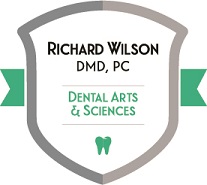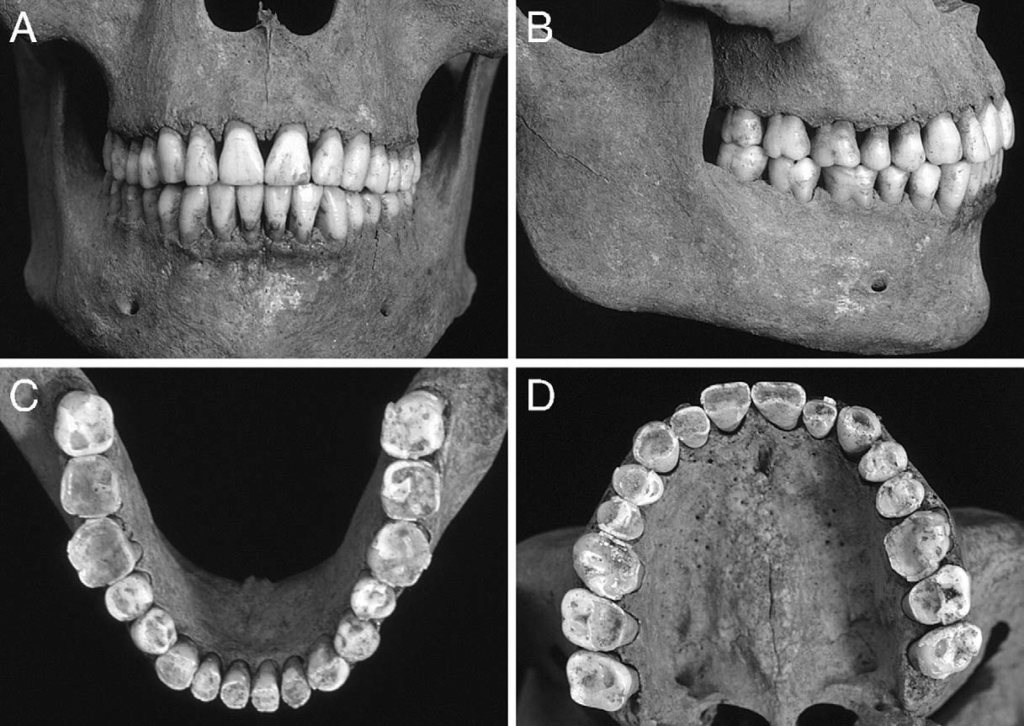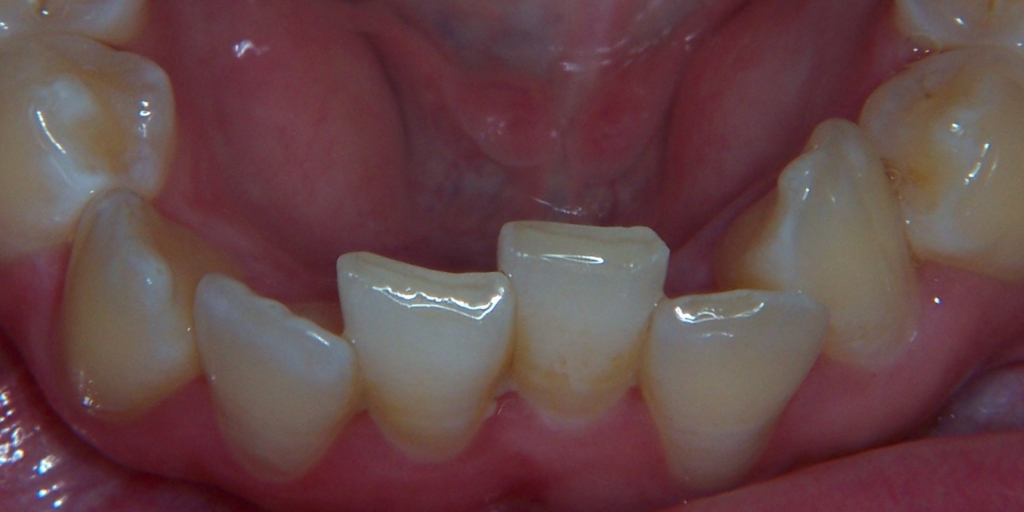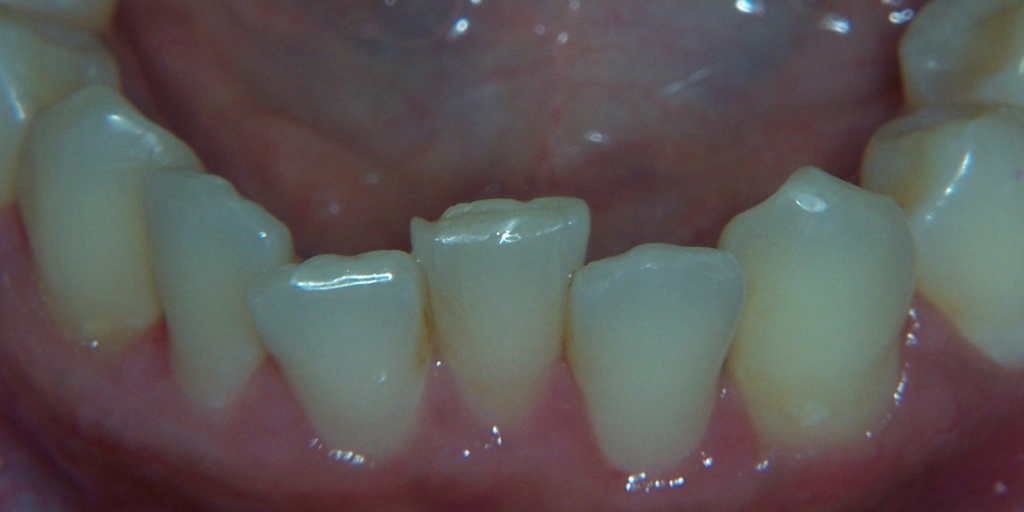Orthodontics: Beauty and Health
Why are our teeth almost always crowded and misaligned, unless they’re intentionally straightened by an orthodontist?
Is there any animal species you can think of in which almost every member needs an orthodontist? Do animals have such misaligned teeth that they suffer from malnutrition because they can’t chew properly and there’s no one around to put them through orthodontics?
Have you ever seen a horse with braces?
Of course not. Why, then, do humans have this tremendous problem with growth, jaw development and tooth alignment?
The answer, in just one word, is: Diet.
You see, about two hundred fifty years ago, the human diet underwent a seismic upheaval. At the beginning of the Industrial Revolution, the human diet changed radically in all Western countries as they industrialized, and then the changes rapidly spread to every corner of the globe. This dietary change then had a massive impact on our very bodies, as we will explore.
The fossil record clearly shows that our ancestors through all time periods and in all regions generally didn’t have misaligned teeth, nor did they have wisdom teeth so incredibly crowded out that they commonly required surgical extraction. What, then, did those folks look like?
Let’s have a look at some anthropology. From Masticatory Function and Malocclusion: A Clinical Perspective, Juha Varrela, (Semin Orthod 2006;12:102-109.):
These images from Dr. Varrela’s paper are of Finns born around the year 1600. Photos A and B are of a young adult; we see well-aligned dental arches with no crowding and no deep overbite. Photos C and D are of a mature individual with an estimated age of 40 to 45 years at the time of death. We note wear of the biting surfaces of both sets of teeth, and we also note wear between the teeth. Further, we see that even with the onset of middle age, there is no crowding of the teeth, no misalignment.
This condition of worn but well-aligned teeth doesn’t just describe Finns from the 1600s. Remarkably, most human fossil remains from most cultures all across the planet, from about 1700 to as far back as we can look, have heavily worn yet well-aligned teeth. It’s really almost everyone, ever, with only the rarest of exceptions.
Nowadays? It’s all so different. A tremendous number of people are as crowded as this:
And this:
—often by the time they are in their teens or twenties. Those who don’t have crowded-out, misaligned teeth had braces. And most of those braced folks must faithfully wear their retainers to keep their teeth aligned–without retainers, their teeth inevitably crowd all over again.
What, specifically, has changed? What happened in the past two hundred fifty years? Why must almost every one of us be treated with a time-consuming, expensive process just to make us normal? That’s a crazy concept, isn’t it? Near-universal treatment to achieve normality? There’s nothing else like it in all of medicine. There’s certainly nothing else like it in the animal kingdom.
Read carefully with me the three astonishing sentences with which Dr. Varrela starts off his scientific paper:
“Until fairly recent times, human populations were characterized by worn, well-aligned dentitions. Epidemiological data show that the decrease in dental wear and the increase in malocclusion took place simultaneously with the adoption of a modern lifestyle. There is strong evidence indicating that these changes were caused by a decrease in masticatory-functional demands.”
Decrease in function. Decrease in dental wear. Increase in malocclusion. Modern lifestyle.
What specifically happened, then, is that starting about two hundred fifty years ago, with the onset of industrialization, the average human diet in every part of the world went from nuts to soup. As UPenn anthropologist Dr. Janet Monge has taught me, our ancestors ate lots of nuts, whole grains, raw vegetables. They gnawed on tough smoked or salted meat and fish. No refrigeration! They consumed a wide variety of tough foods. Their teeth were abraded by stone dust from the mortar and pestle, and grit from Earth’s nurturing soil.
There were occupational uses of teeth as well. Ancient peoples often used their teeth in the manufacture of tools, clothing and other useful objects. With their teeth, our ancestors grasped, they held, they cut, they crushed, they tore; they made tools and leather and thread. It’s amazing to contemplate: so much of the history of an ancestor’s life remains writ large on their teeth.
Once people started using machines to make stuff on a vast scale, though, life changed for many as they left a farming lifestyle and migrated to urban centers, to take up factory jobs. Men, women and even children (think Dickens) were employed far from the hearths of their homes. Suddenly, they found themselves needing portable food, and again, without refrigeration. The industrialists who employed them were more than happy to provide such portable, pre-packaged food for their workers–at a profit. As Kevin Boyd DDS points out in his insightful article “Darwinian Dentistry,” “calorie-rich and inexpensive soft starchy foods were often viewed as a modern miracle.”
These new foods of the Industrial Age? They were all soft. Civilization had turned, in the blink of an eye, from the nut and the raw carrot to the limp-steamed stale vegetable and the Twinkie.
Another vitally important change with the coming of the Industrial Revolution was developmental. In most ancient cultures, women tended to breast feed their children for up to three to four years of age. Today, less then one in five women breast feed past 9 months of age. Baby bottles require different oral muscle patterns as well. What’s more, when those children in ancient times were weaned, they ate Food, capital F. They chewed. It was work to eat a meal, even for a toddler.
Wolff’s law states that bone will adapt to the loads under which it is placed. Since form really does follow function, before our recent dietary changes, children’s jaws grew wider and more forward than ours tend to today. The critical years are from birth to age six. In the Industrial Age, we didn’t just soften the young child’s diet a little bit. Once the concept of pureed “baby food” was crafted–and aggressively marketed–by industrialists, it was all over. The vast majority of children were sent down a path of hardly using their jaws in any meaningful way at all from birth to whenever they finally started enjoying tough foods like apples and chewy meats–if they ever do at all. To this day, the soft carbs of the center of the supermarket predominate in the diets of many.
The result? Upper jaws that are narrow and under-developed, and lower jaws that don’t grow downward and forward like they used to in our ancestors.
To demonstrate, we can have a look at two of the most prominent movie actors of our time. Bradley Cooper and Jennifer Lawrence are certainly beautiful people, and hold a remarkable place in modern Hollywood. In this profile picture, though, we see that Mr. Cooper’s lower jaw does not in any way reach the same forward position as the junction of his nose and upper lip. His upper jaw angles back at a severe angle. And while Ms. Lawrence has a beautifully developed and positioned upper jaw in comparison, her lower jaw is also set back pretty far.
Once we start knowing how to look, we see under-developed jaws all around us. Senator Mitch McConnell’s lower jaw is extraordinarily diminutive.
And even a strong, well-developed lower jaw is often mated with an under-developed upper one. Whether consciously or not, the magnificently square-(lower)-jawed Senator Angus King likely grew that excellent moustache to fill out his upper lip.
(You’ll have to search images of those chaps yourselves; the Cultural Appropriation Police from the AP have demanded that I take down the ones I posted.)
Looking around us, we do find that these three conditions are remarkably common:
-An underdeveloped lower jaw in terms of its forward growth.
-A well-developed lower jaw mated to an under-developed upper jaw, both in terms of its width and its forward growth.
-Both jaws under-developed, in terms of forward growth and, in the case of the upper jaw, in width.
(This is why so many of us have more crowding in our lower teeth than in our uppers.)
These many forces acting to influence our growth and development are complex and intertwined. We still do see many people who, for whatever combination of dietary and environmental reasons, managed to “grow right.” One actor with both upper and lower jaws that developed into an esthetic, healthy width and forward dimension is Sidney Poitier:
Relating facial form and good looks is highly subjective–but that really is a handsome man.
A current actress with superb facial growth in the sagittal and transverse dimensions is Bethany Joy Lenz:
Simply superb.
All of our scientifically accepted orthodontic norms–the measurements of tooth and bone position that define what is normal in human growth and development–were created in the 1950s. You will now understand that this is long after the damage was done.
Anthropology informs us that human beings in our modern form have been around for 200,000 years. The Industrial Revolution radically changed our diet and our faces starting a mere 250 years ago. “Normal” was how we grew and developed for 199,750 years: 99.9% of our existence as a species. (I’m being facetious here; of course we cannot pin it all down to within one year. But the 99% is the right proportion.)
Please allow me to show you the splendid ideal, the way the human face used to look before we all started eating porridge. Researcher, innovator and clinician, London orthodontist Dr. John Mew, commissioned an artist to work with human fossil remains to come up with an idealized portrait of a woman from many thousands of years ago. And here she is:
I don’t know about you–but I find her absolutely stunning.
*****
In our next installment, we shall explore more of the wounds that the Industrial Revolution has inflicted upon us all.
http://www.smilephiladelphian.com/tongue-jaws-airway-trouble/









